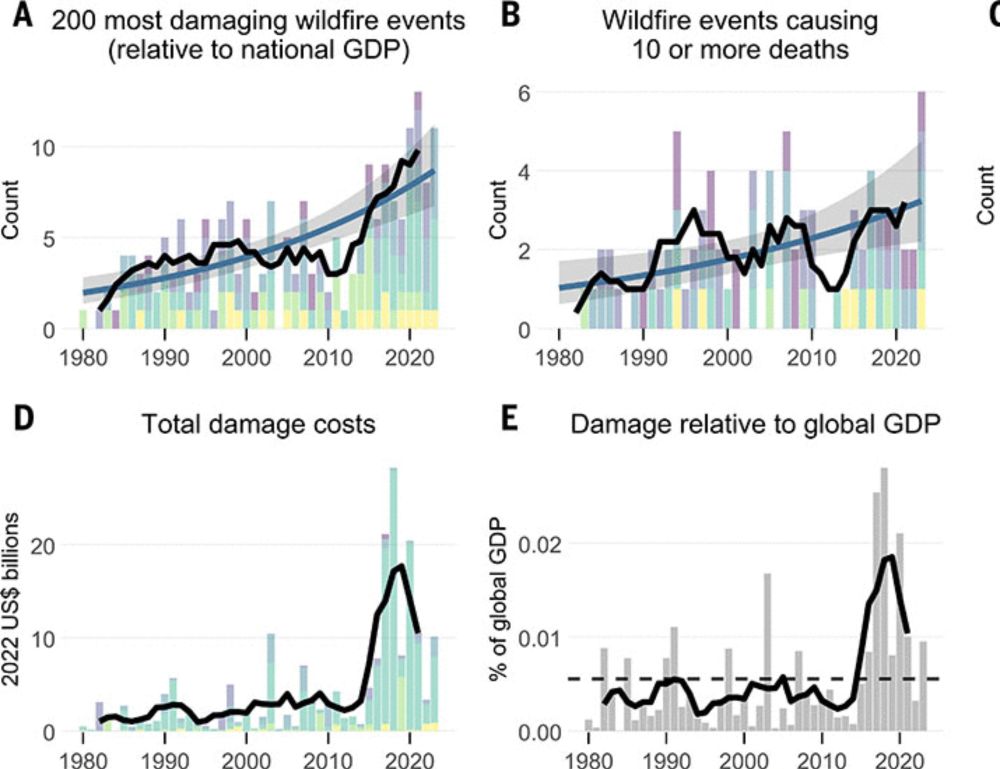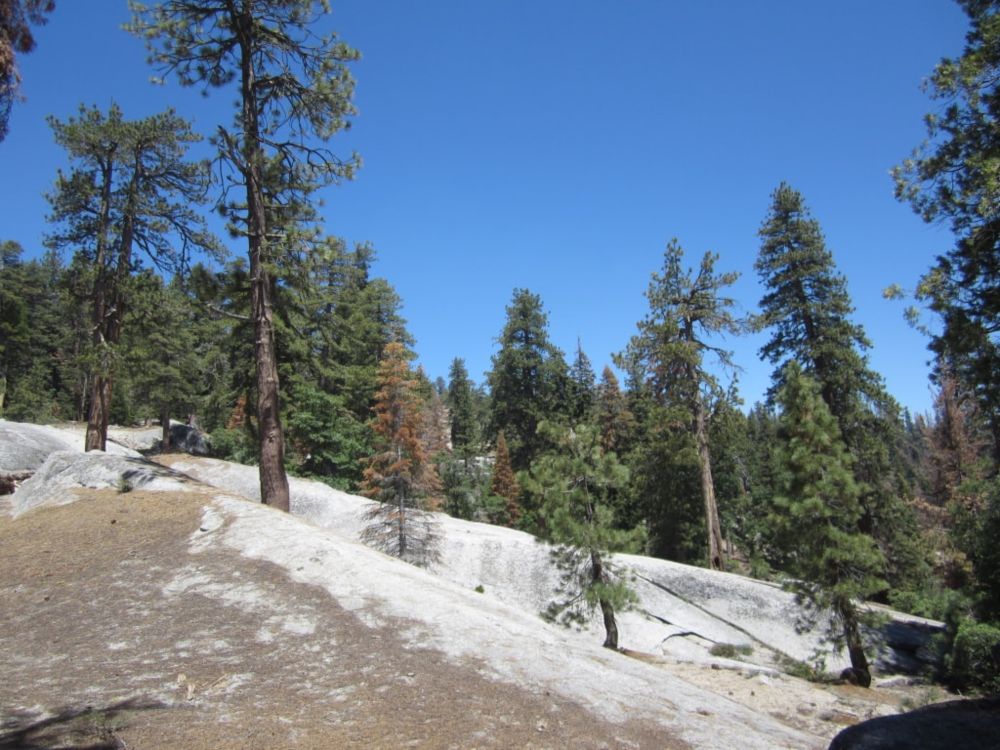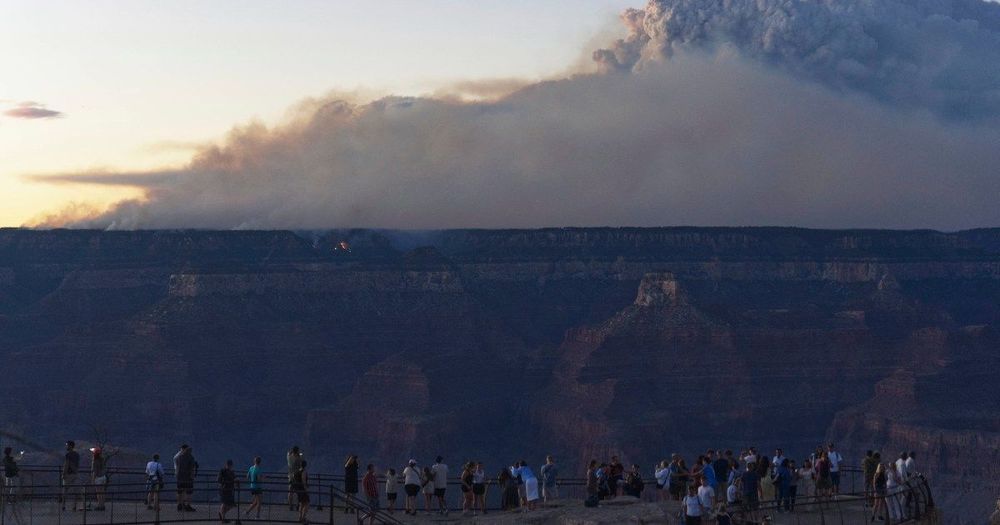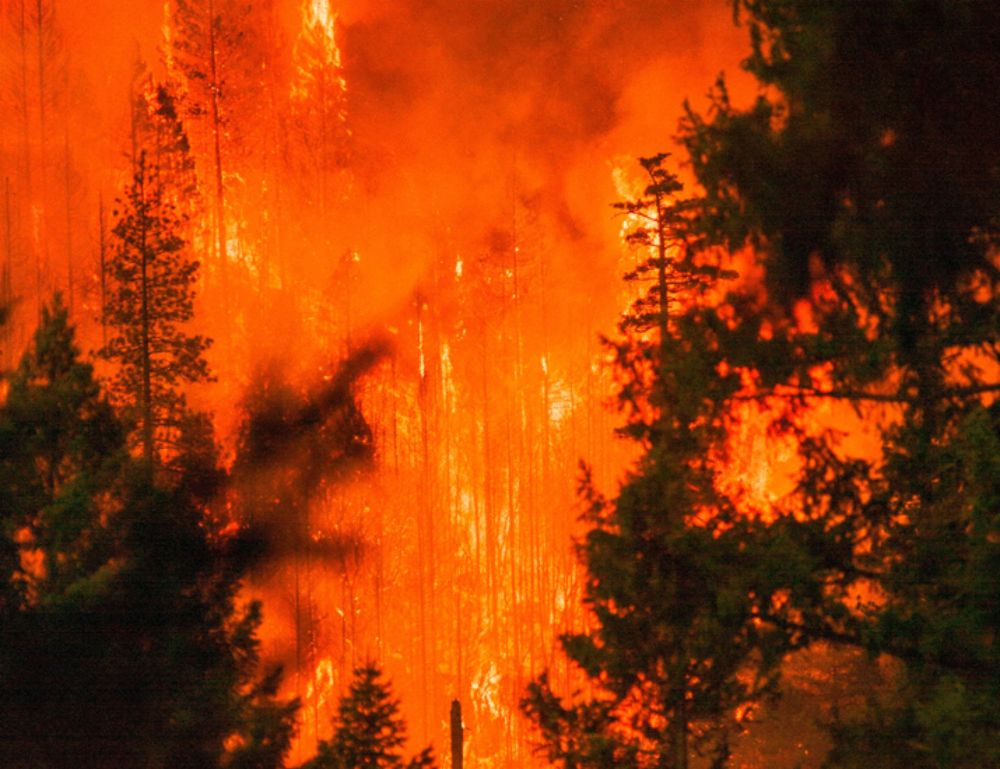Tom Swetnam
@firescar.bsky.social
3.7K followers
1.3K following
72 posts
Tree-ring scientist, forest ecologist, forest fires, climate and human interactions. Regents Professor Emeritus Univ AZ; home in New Mexico.
Posts
Media
Videos
Starter Packs
Reposted by Tom Swetnam
Reposted by Tom Swetnam
Reposted by Tom Swetnam
Reposted by Tom Swetnam
Daniel Malmer
@malmer.com
· 25d

What NIJ Research Tells Us About Domestic Terrorism
Militant, nationalistic, white supremacist violent extremism has increased in the United States. In fact, the number of far-right attacks continues to outpace all other types of terrorism and domestic...
web.archive.org
Reposted by Tom Swetnam
Tom Swetnam
@firescar.bsky.social
· Sep 7

The legacy lost when Forest Service offices shut down
After 117 years of operation, the U.S. Forest Service’s Southwest Regional Office in Albuquerque is closing by order of the secretary of agriculture. Since 1908, this office has directed the
www.santafenewmexican.com
Reposted by Tom Swetnam
Reposted by Tom Swetnam
Reposted by Tom Swetnam
Reposted by Tom Swetnam
Reposted by Tom Swetnam
Tom Swetnam
@firescar.bsky.social
· Aug 4
Reposted by Tom Swetnam
Margaret Evans
@mekevans.bsky.social
· Jul 31

Reconsidering space-for-time substitution in climate change ecology - Nature Climate Change
Ecologists often leverage patterns observed across spatial climate gradients to predict the impacts of climate change (space-for-time substitution). We highlight evidence that this can be misleading n...
www.nature.com
Reposted by Tom Swetnam
Zack Labe
@zacklabe.com
· Jul 26
Tom Swetnam
@firescar.bsky.social
· Jul 21
















